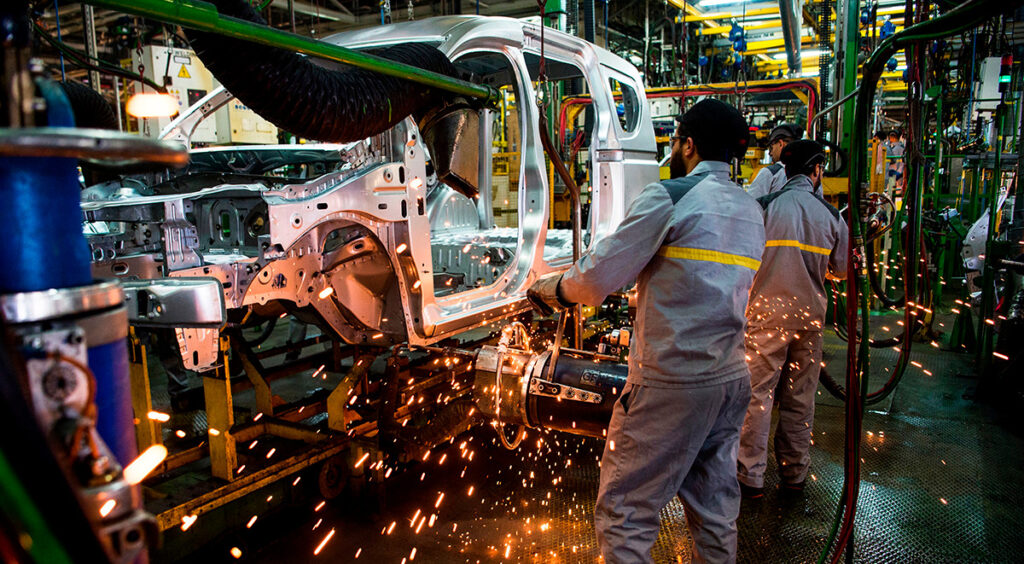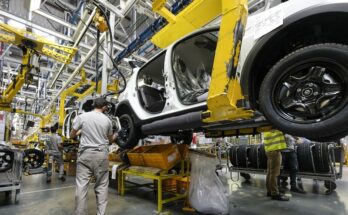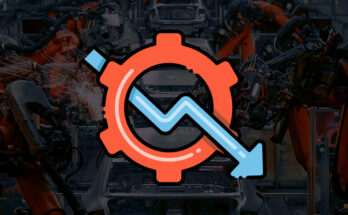Morocco is an emerging automotive manufacturing hub, which overtook South Africa in 2018 as the biggest African exporter of passenger cars with exports standing at $10 billion as of 2019. According to the automotive association of Morocco, the industry has achieved a 12.64% growth in 2021 already.
Within the last couple of decades, the Moroccan auto industry has made leaps & bounds in terms of vehicle production & exports. Despite similar dynamics as that of our country, the auto industry of Morocco has become a driving force with 16% of its GDP and is expected to reach 20% in coming years. Morocco’s export in the auto industry have reached 35 billion dirhams (around €3 billion) compared to the phosphate exports which is 34 billion dirhams (around €2.9 billion) and agricultural products with 31 billion dirhams (around €2.7 billion).

Compared to this, our auto industry even after 3 decades is unable to come out of infancy while relying heavily on the imports and is yet unable to uplift its auto parts makers, which are considered a true driving force behind achieving higher localization.
Related: 90% of Cars in Pakistan are Sold at Premium/ Own/ On Money- Research
The Moroccan car industry directly employs 220,000 people, most of whom work for 250 suppliers. Annually, Moroccans buy 160,000 new cars, which is a small number for a population of 36 million. The per year sales are again very similar to the number of cars sold in Pakistan, but the big difference comes in vehicle exports, where Pakistan is yet to make a footprint.
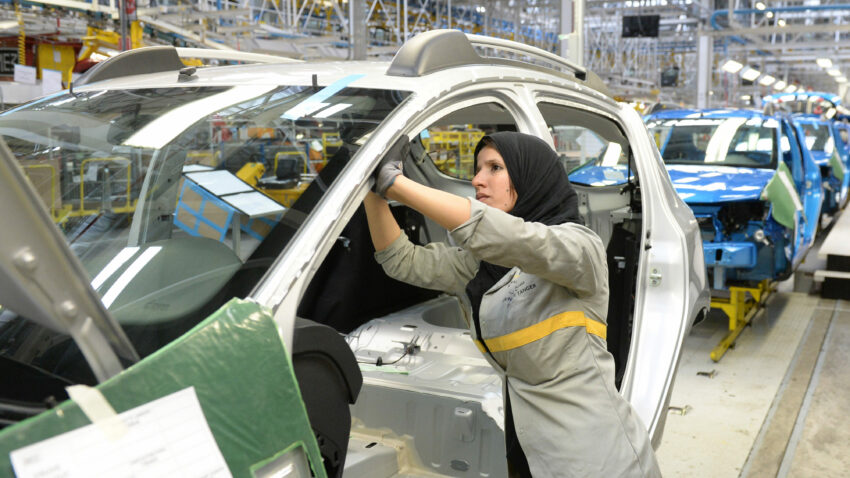
Morocco’s automotive sector is 90% export-oriented and 80% of its exports go to Europe, one of the most lucrative markets globally. Key destinations in Europe include France, Spain, Germany and Italy. Other markets include Turkey and the Middle East, with a smattering going to the rest of Africa — a market now theoretically more accessible thanks to the African Continental Free Trade Area, a trading bloc that came into effect earlier this year.
Related: Can We Settle the Localization Debate With This?
The automotive industry in Morocco has been present since the 1960s, with assembling vehicles out of the Ain Sebaa industrial zone located near Casablanca for manufacturers such as Renault and Fiat. Locally produced vehicles were initially made for the domestic market, but later filled modest export orders. Morocco began to focus on attracting a larger number of automotive parts suppliers in the mid-2000s to reinforce manufacturing capacity and strengthen the value chain.
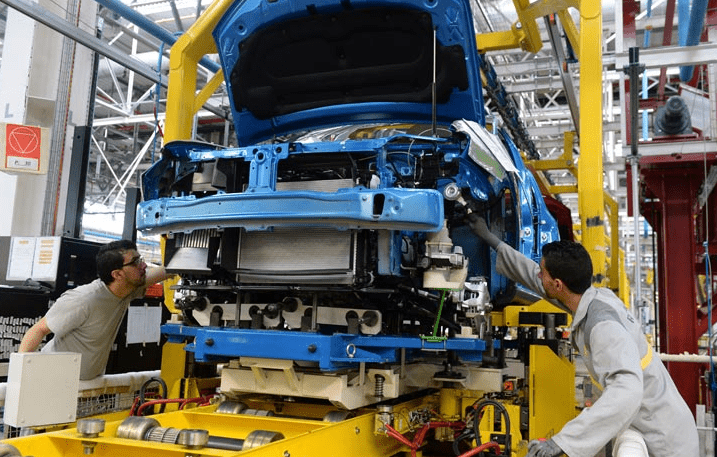
Local content accounts for 60% of the final product, while the figure is expected to rise to 65% by next year. According to information, other than powertrain everything is locally sourced, with third of the companies are Moroccan while the rest are foreign suppliers based in the country.
Related: Pakistan Auto Industry – What Is Going On…?
The Moroccan auto industry was strengthened by the opening of the $2.3bn Tanger-Med Port in 2007. At the time, the port was the largest in Africa, and in June 2019 it became the largest port by container capacity in the Mediterranean after the inauguration of the $1.3bn second terminal. The port, which is located near the heart of automotive production, has played a key role in facilitating increased exports across the Mediterranean and beyond.
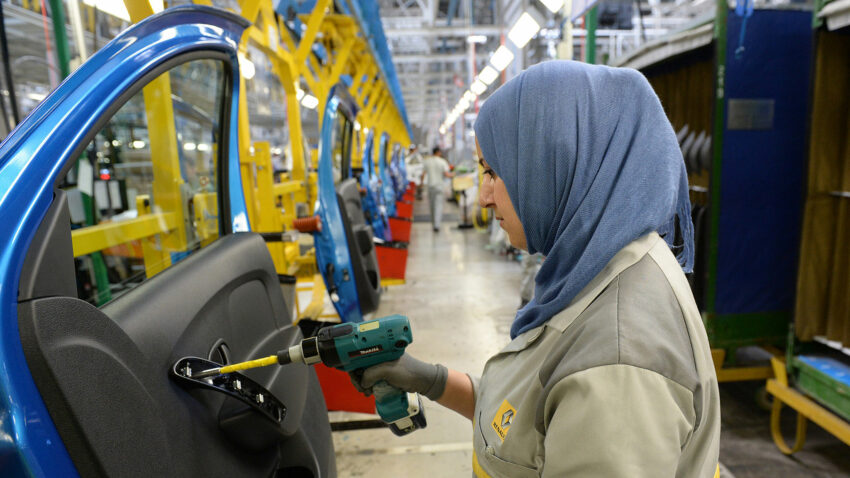
By setting the right policies, incentives and conditions for foreign direct investment, automotive manufacturing in Morocco has developed from a burgeoning sub-sector to become the top export product by value in 2018. The country has been able to attract some of the world’s largest car manufacturers and integrate them into an efficient ecosystem characterized by industrial and special economic zones that grant producers easy access to government services and a network of suppliers. Morocco aims to produce up to 1 million vehicles per year by 2030.
Related: The Costly Auto Industry of Pakistan- Destination Unknown (Part 1)
How Morocco has moved from an insignificant car manufacturer just a few decades ago to one challenging the likes of Poland, the Czech Republic and even Italy is a story of state intervention. Joe Studwell, an expert in industrial policy in both Asia and Africa, regards the growth of Morocco’s car industry as an example of what governments can do when they are serious. He says the key is to provide state oversight with rigorous private-sector competition and a strong focus on exports to foreign markets where shortfalls in either efficiency or quality are ruthlessly exposed.
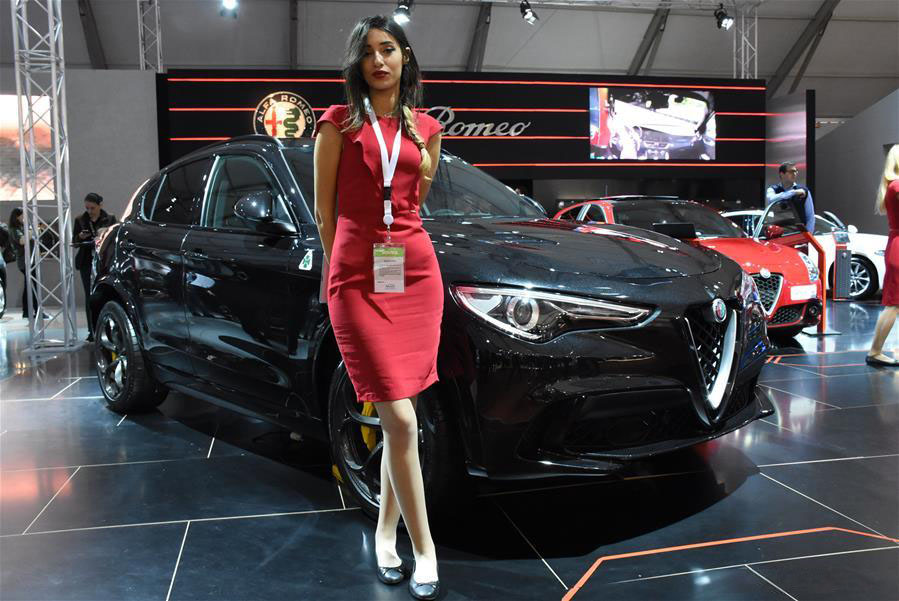
Not only this, Morocco is also becoming a production hub for electric vehicles (EVs). German automaker Opel will soon begin producing EVs in Morocco. Opel’s electric car manufacturing in Kénitra leapfrogs China’s plan to build electric cars in Egypt, giving Morocco’s automotive industry an important first-mover advantage. As a gateway to West Africa, Morocco provides Opel and its parent company Stellantis a nearby production base for the eventual cost-effective export of electric vehicles to rapidly expanding markets in Sub-Saharan Africa. Furthermore, with Morocco leading the African continent in the automotive industry, the electric car manufacturer Tesla chose the north African country to install its first “supercharger” charging station in Tangier, Casablanca.
Related: Economic Advisory Group Says Auto Policy is Damaging for Consumers
More and more international players are taking advantage of Morocco which has emerged as a leading production hub of automobiles in that region. This is something we seriously need to look at, in order to uplift our auto industry. Just heavily importing CKDs/ SKDs and CBUs and zero vehicle exports won’t take us anywhere and we will continue to vapor out our foreign exchange reserves. Stern policies are needed to initiate vehicle manufacturing since even after more than 35 years, we are unable to produce the likes of Suzuki Carry (Ravi/ Bolan) on our own which is the most basic vehicle one can think of in this day & age.
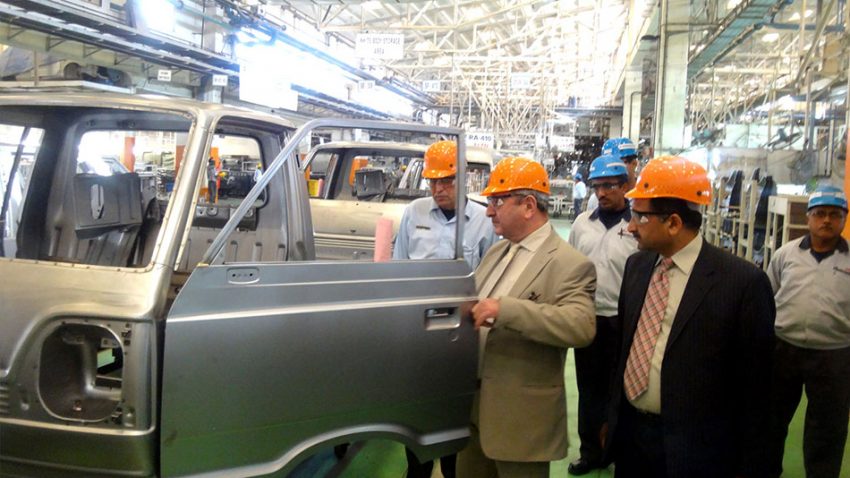
Furthermore, considering the rising trade and current account deficits, we don’t need to import flashy SUVs and CUVs for local use and we don’t even need to spend a hefty amount to import kits to assemble such vehicles here. Just get hold of an out-gone vehicle platform (say 5th gen City, 10th gen Corolla or even the 2nd gen Swift), enable transfer of technology and begin producing these locally as 100% made in Pakistan vehicles. If right steps aren’t taken, we will remain as ‘assemblers’ and with our decision makers planning to bring the annual production close to 1 million vehicles in the next few years, importing kits to assemble this much number of vehicles is surely going to hurt the foreign reserves & trade deficit quite badly.

A computer animation professional with over 23 years of industry experience having served in leading organizations, TV channels & production facilities in Pakistan. An avid car enthusiast and petrolhead with an affection to deliver quality content to help shape opinions. Formerly written for PakWheels as well as major publications including Dawn. Founder of CarSpiritPK.com

